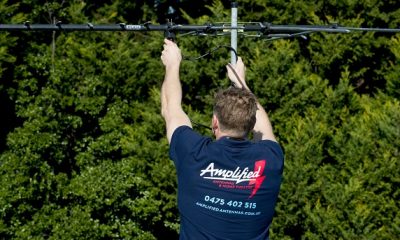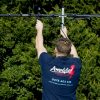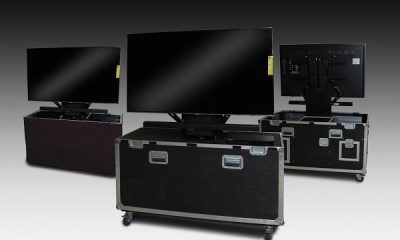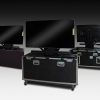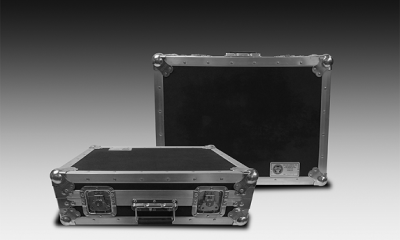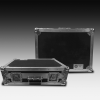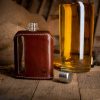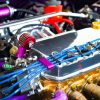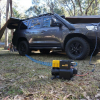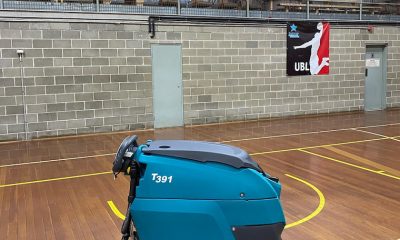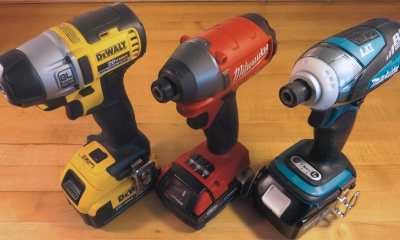Audio & Video
Benefits of Gain-Staging Guitar Effects
If you’re looking to take your electric guitar game to another level, then the first thing you probably thought about is getting a guitar pedal. However, with the wide array of options available on today’s market, and with each and every one of them having a distinct use, how do you know which one is right for you? The answer is – it’s mostly up to personal preference and knowing what you enjoy playing most. That being said, it’s always extremely beneficial to understand what each pedal does, and what electric guitar effects it can produce.
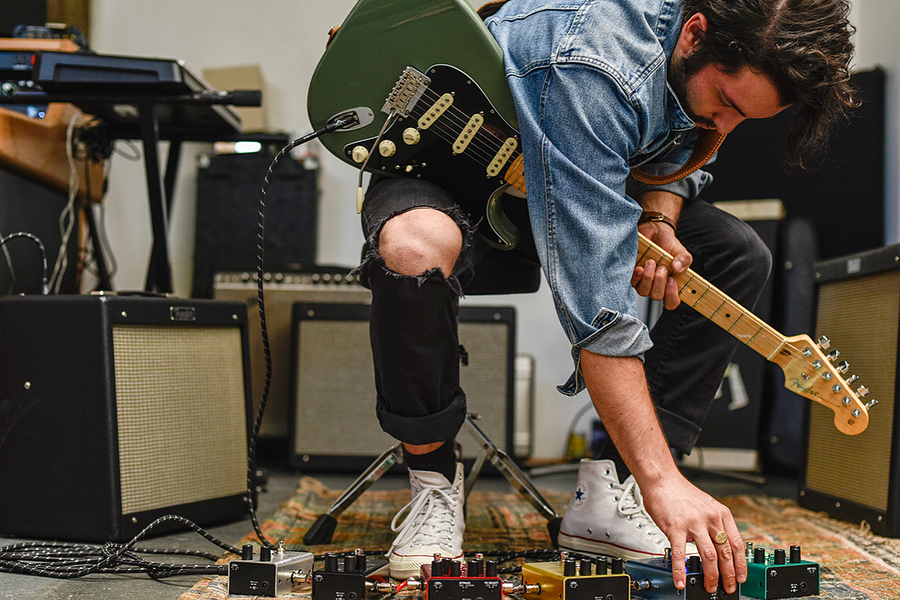
The most basic electric guitar effects you can get from pedals are gain-staging effects. These pedals basically shape the foundation of your tone and allow you to construct harmonically complex tones. But if you’re new to them, you’ll probably get better results if you keep it simple. There are various different kinds of gain-staging pedals, the most commonly used ones being: gain boost, distortion, overdrive, compression.
Gain Boost
Gain boosts are also known as clean boosts, which in essence are in-line preamps used for high-impendance guitar signals. You can pick between transparent and mildly coloured models, and they serve two basic purposes. Their first purpose is to hit overdrive effects and amplifires with an extra-hot signal, which pushes them into the sweet spot when clicking the footswitch. Their second purpose is to compensate for signal loss over extended cable runs or extensive effects pedal chains. Some models feature limited tone-shaping, but most feature only one volume control and a footswitch.
Distortion
Distortion pedals come in various different styles, and each has its own flavour and heat range. What they all have in common though is their purpose – to spice up the mix. Typically, distortion pedals use diodes and a transistor to push the signal to the clipping point. The transistor plays a huge role in the character of the distortion and there are many variants, such as FET, germanium and silicon based models, all of which have a distinct set of nuances.
Overdrive
Overdrive pedals are similar to boost pedals, and their main purpose is to simulate the breakup caused when the amplifier is pushed to a point of distortion, thus emulating the distortion intensity and progressive compression based on the incoming volume. However, there are many overdrive pedals that are used as dirty boosts by adding a bit of colour and texture and driving the amplifier’s pream as well.
Compression
Compression pedals aren’t much different than the compressors found in studios. They tune down the volume of signals that are louder than a set threshold, thus decreasing the dynamic range. They basically boost the output and make the loudest sound close to the same volume as the quietest one, which provides a great effect for solos.
Writing for the blog since 2012, Chris simply loves the idea of providing people with useful info on business, technology, vehicles, industry, sports and travel – all subjects of his interest. Even though he sounds like quite the butch, he’d watch a chick flick occasionally if it makes the wife happy, and he’s a fan of skincare routines though you’d never have him admit that unless you compliment his impeccable skin complexion.



